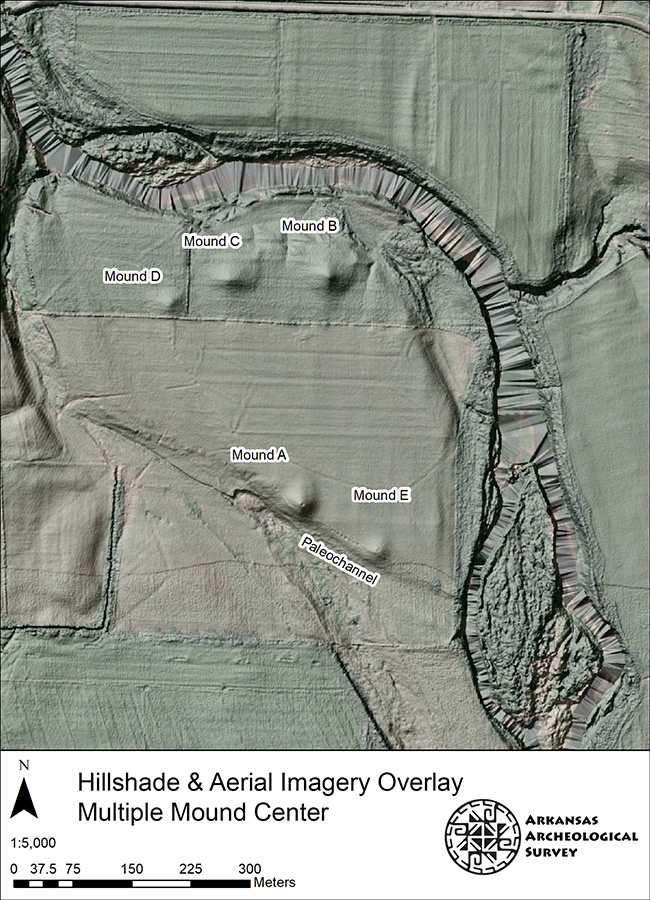Jessica Kowalski, ARAS-UAF Research Station
"Archeology is..." series - October 2024
When people hear the word landscape, they tend to think of intentionally built settings or places in the modern world. Landscape architects design spaces to create feelings or atmospheres; often landscapes are designed to guide people through space. People sometimes use the term political landscape to describe a complex network of relationships embedded in power dynamics. Examining how places are created and exploring relationships of power can be applied to the past or to the study of archeology.

Landscape archeology is a way of looking at the past that considers how people created places, how people moved through the world, and how the natural and built environment reflects relationships between people and between people and the world around them. Although this approach can draw from complex theoretical or philosophical perspectives (Casey 1996, 1997; Cosgrove 1984; Lefebvre 1991 [1974]), a commonsense application of the phrase “landscape is archeology,” means that we can examine archeology at multiple scales from artifacts, to features, sites, or regions to understand how people may have interacted with each other and the world around them in the past. For example, archeologists might look at the layout of neighborhoods, the size and shape of individual structures, the location of living spaces or houses and the proximity of these spaces to each other to infer the social and political relationships between people. At a larger scale, landscape approaches in archeology push researchers to look at how archeological sites are related in a larger system. Can we see the boundaries of interacting communities? Can we identify or define sacred spaces and how did people create those places? How did people move between locations on the landscape? These questions are just a few examples of research problems that can be explored with a landscape approach.
Methodologically, landscape approaches in archeology often include geospatial analyses that use imagery, elevation models, or other datasets to model the earth’s surface. For example, archeologists routinely use light detecting and ranging data (LiDAR) collected with airplanes or drones to map the surface of the earth at a high-resolution (see Figure 1). Examining LiDAR allows archeologists to identify built features and other important aspects of the ground surface. Historical documentation is also a useful for tool for understanding how people moved through the world in the past. Nineteenth-century survey plats can depict overland travel routes showing us how people moved between places (Figure 2).
Beyond archeology, the National Park Service has long been defining cultural landscapes in their parks and directing programs like the National Historical Landscape Survey (HALS). These initiatives recognize that historical resources, including archeological sites, are part of broader settings and contexts that are critical to the interpretation and preservation of the past. See the following websites for more information:
Cultural Landscapes 101
Historic American Landscapes Survey
Think about the ways you move through the world and what that says about your place in it. How do you create meaningful places in your life? That is a landscape perspective!

